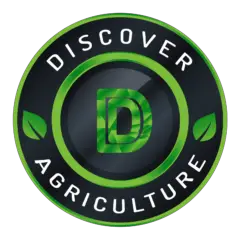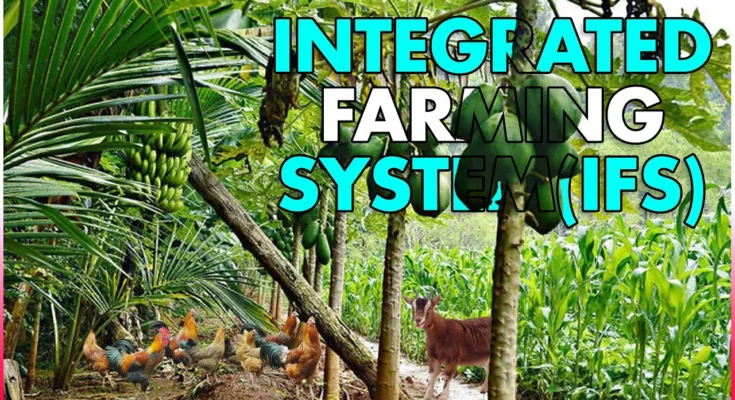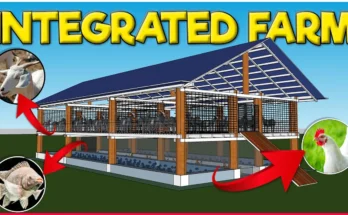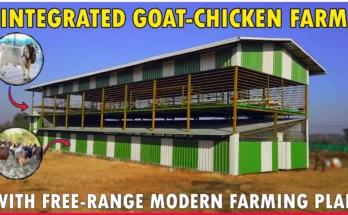Introduction
Modern agriculture faces challenges like soil degradation, water scarcity, and climate change. To combat these issues, farmers are turning to the Integrated Farming System (IFS)—a holistic approach that combines crops, livestock, fisheries, and forestry for higher productivity and sustainability.
In this article, we’ll explore:
✔ What is an Integrated Farming System (IFS)?
✔ Key Benefits of IFS for Farmers & the Environment
✔ Successful IFS Models & Implementation Tips
What is an Integrated Farming System (IFS)?
Integrated Farming System (IFS) is a multi-component agricultural system where different farming activities complement each other, creating a self-sustaining ecosystem. Instead of relying on a single crop or livestock, IFS integrates:
- Crop farming (grains, vegetables, fruits)
- Livestock (dairy, poultry, goats)
- Fisheries & aquaculture
- Agroforestry (timber, fruit trees)
Vermicomposting & biogas production
How Does IFS Work?
- Waste from one component becomes input for another (e.g., cow dung → biogas → organic fertilizer).
- Diversification reduces risk and increases income sources.
Natural pest control through biodiversity.
Key Benefits of Integrated Farming System
1. Increased Productivity & Profitability
- Multiple income streams (crops + livestock + fish).
Reduced input costs (natural fertilizers, pest control).
2. Sustainable Soil & Water Management
- Crop rotation & organic manure improve soil fertility.
Water recycling (e.g., aquaculture water for irrigation).
3. Climate Resilience
- Diversified farming reduces vulnerability to weather extremes.
Carbon sequestration through agroforestry.
4. Reduced Chemical Dependency
- Natural pest control (e.g., ducks in rice fields eat insects).
Less need for synthetic fertilizers.
5. Better Resource Utilization
- Farm waste is recycled (e.g., crop residues as animal feed).
Energy-efficient (biogas replaces fossil fuels).
Successful IFS Models for Farmers
1. Crop-Livestock-Fishery Integration
Example: Rice + Fish + Duck farming
- Ducks control pests in rice fields.
- Fish provide additional income.
- Duck manure fertilizes the soil.
2. Agri-Silvi-Pastoral System
Example: Crops + Trees + Goats
- Trees provide shade and fodder.
- Goats supply milk and manure.
3. Dairy Farming with Biogas & Vermicompost
Example: Cattle + Biogas + Vegetable farming
- Cow dung → Biogas for energy.
- Biogas slurry → Organic fertilizer.
How to Implement IFS on Your Farm
✅ Start Small – Begin with 2-3 compatible components (e.g., crops + poultry).
✅ Plan Efficiently – Ensure waste from one system feeds into another.
✅ Use Local Resources – Adapt to available land, water, and climate.
✅ Monitor & Optimize – Track yields and adjust for maximum efficiency.
Conclusion: Why IFS is the Future of Farming
The Integrated Farming System is a win-win for farmers and the environment – boosting income, conserving resources, and promoting sustainability. By adopting IFS, small and large-scale farmers can achieve long-term resilience and profitability.
For a detailed visual guide, watch the full video on Discover Agriculture’s YouTube Channel
Also View: Soursop Fruit Farming: A Natural Medicine for Cancer Prevention




